Contents
Introduction
Howard Gardner is a prominent American developmental psychologist and educator best known for his theory of multiple intelligences. His groundbreaking work challenged traditional notions of intelligence by proposing that individuals possess different types of intelligences beyond just the logical-mathematical and linguistic abilities that had previously dominated educational systems. Gardner’s theory has revolutionized approaches to teaching, learning, and educational assessment, influencing educators, policymakers, and psychologists alike.

As a professor at Harvard University and the author of numerous influential books, Gardner has had a profound impact on how intelligence and learning are understood. This article explores Gardner’s life, major theories, and the significant influence of his work on contemporary psychology and education, particularly focusing on the multiple intelligences theory and its applications.
Early Life and Education
Howard Gardner was born on July 11, 1943, in Scranton, Pennsylvania. Gardner’s early life was shaped by his interest in music, art, and education, which laid the foundation for his later work in understanding diverse forms of intelligence. He was a student of psychology, philosophy, and education, fields that intersected in his later theoretical work on human cognition and learning.
Image Source: bigthink.com
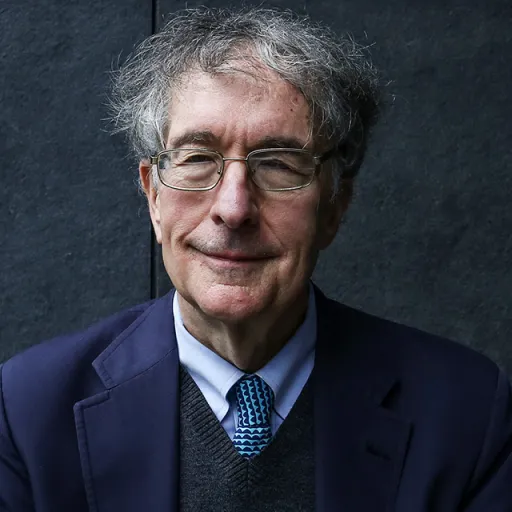
Educational Journey
| Aspect | Details |
|---|---|
| Undergraduate Education | Gardner received his undergraduate degree in Social Relations from Harvard University in 1965. His early studies were influenced by major thinkers like Erik Erikson and Jerome Bruner. |
| Graduate Studies | He completed his Ph.D. in Developmental Psychology at Harvard University, focusing on cognitive development and human potential, themes that would underpin his later work. |
| Postdoctoral Training | Gardner engaged in postdoctoral research under the mentorship of Jerome Bruner and Roger Brown, where he expanded his understanding of human learning processes and cognitive development. |
| Academic Positions | Gardner has held numerous prestigious positions, including Professor of Cognition and Education at the Harvard Graduate School of Education, where his work on intelligence has transformed the field of education. |
Influences and Early Career
| Aspect | Details |
|---|---|
| Jean Piaget | Gardner was greatly influenced by Piaget’s developmental theories, particularly his focus on how children acquire knowledge and understanding through stages of development. |
| Jerome Bruner | Bruner’s work on cognitive learning theory and scaffolding significantly shaped Gardner’s ideas about how individuals learn and how different forms of intelligence are cultivated. |
| Educational Psychology | Gardner’s interest in the educational implications of psychology led him to focus on the ways learning can be personalized to accommodate individual differences in intelligence. |
| Linguistics | Gardner’s exposure to Noam Chomsky’s ideas on language development helped shape his understanding of the multifaceted nature of intelligence, contributing to his theory of multiple intelligences. |
| Cognitive Science | Gardner’s interdisciplinary approach, integrating psychology, neuroscience, and education, allowed him to explore human cognition in a holistic way, laying the foundation for his work on intelligence. |
Major Theories and Work
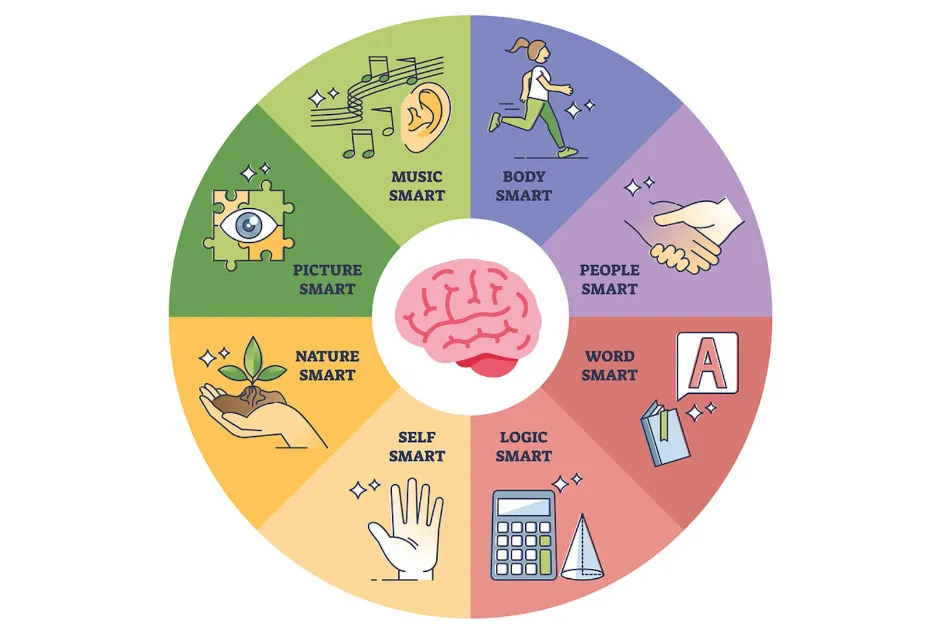
Theory of Multiple Intelligences
Howard Gardner’s theory of multiple intelligences (MI) is his most influential contribution to psychology and education.
- Types of Intelligences: Gardner initially identified seven types of intelligences—Linguistic, Logical-Mathematical, Spatial, Musical, Bodily-Kinesthetic, Interpersonal, and Intrapersonal. He later added an eighth intelligence Naturalistic.
- Criticism and Expansion: While widely influential, Gardner’s theory has been critiqued for its lack of empirical support. Despite these criticisms, Gardner’s work has profoundly shaped educational practices globally, with schools adopting MI frameworks to create more inclusive learning environments.
Image Source: skillshub.com
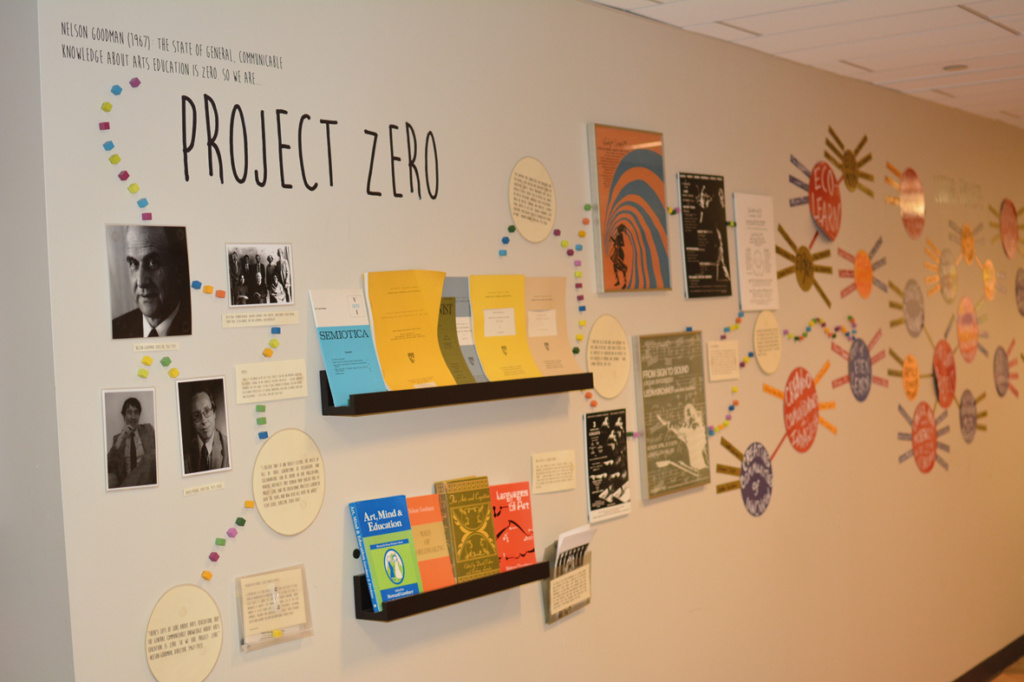
Project Zero and Educational Reform
Gardner has been a key figure in Project Zero, a research group at the Harvard Graduate School of Education, focused on the development of creativity, learning processes, and critical thinking.
- Art and Intelligence: Gardner’s work with Project Zero emphasized the role of the arts in developing different forms of intelligence, particularly spatial and musical intelligences. This helped integrate arts education into broader educational curriculums.
- Assessment of Learning: Project Zero also sought to reform assessment methods, advocating for performance-based assessments that measure how students apply knowledge in real-world contexts, rather than through standardized testing.
Image Source: teachingtimes.com
Famous Books and Publications

Frames of Mind: The Theory of Multiple Intelligences
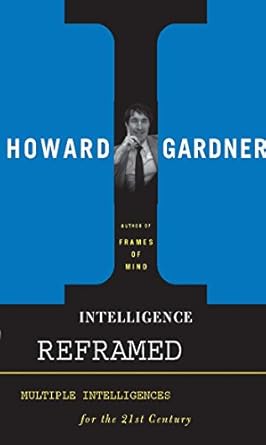
Intelligence Reframed: Multiple Intelligences for the 21st Century

The New Meaning of Educational Change

The Disciplined Mind: What All Students Should Understand
Influence on Contemporary and Future Psychological Research
- Educational Psychology: Gardner’s multiple intelligences theory has profoundly influenced research in educational psychology, shifting the focus towards individualized learning. Researchers continue to explore how different types of intelligence can be nurtured through personalized education, with ongoing studies assessing the efficacy of MI-based teaching strategies.
- Neuroscience and Intelligence: Though Gardner himself did not claim that each intelligence has a distinct neurological basis, his theory has prompted research in neuroscience to investigate whether certain brain regions correspond to specific intelligences. This line of inquiry continues to inspire debates about the biological underpinnings of intelligence.
- Cognitive Development: Gardner’s work has advanced the study of cognitive development, particularly in understanding how environmental factors—such as culture, education, and family—shape the development of different intelligences. His emphasis on context has inspired new research into how intelligence can be fostered in diverse settings.
- Creativity Studies: Gardner’s integration of the arts into his theory of multiple intelligences has contributed to research in creativity and innovation. His focus on musical and spatial intelligences has expanded studies on how creativity is expressed in different forms and how it can be nurtured through education and practice.
- Psychometrics and Intelligence Testing: While Gardner critiqued traditional IQ testing, his theory has sparked new discussions on how intelligence can be measured beyond standardized tests. Contemporary research in psychometrics continues to explore alternative assessment models that account for multiple intelligences, driving innovation in educational and psychological testing.
Psychologists and Educators Influenced by Howard Gardner
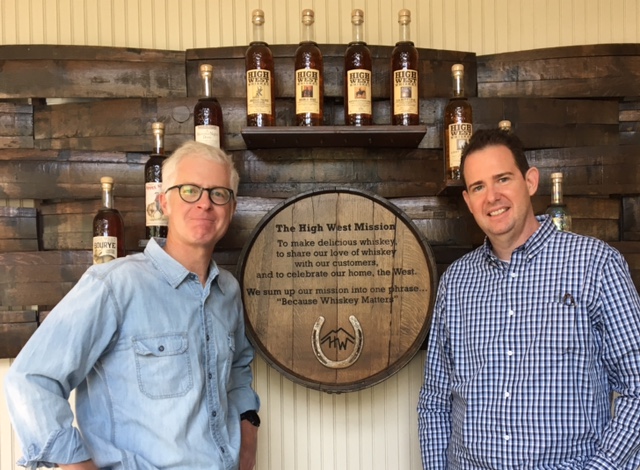
- David Perkins: A colleague of Gardner’s at Project Zero, Perkins expanded on Gardner’s ideas by exploring how thinking and learning can be improved through education. His work on critical thinking and problem-solving reflects Gardner’s influence on cognitive development research.
- Robert Sternberg: Sternberg’s Triarchic Theory of Intelligence, which emphasizes analytical, creative, and practical intelligences, was influenced by Gardner’s work on multiple intelligences. Sternberg and Gardner both challenged the traditional, narrow definitions of intelligence.
- Thomas Armstrong: An educator and author, Armstrong has written extensively about applying Gardner’s multiple intelligences theory in classroom settings. His books on learning styles and educational reform reflect the practical applications of Gardner’s theory in education.
- Elliot Eisner: An arts education theorist, Eisner’s work on the importance of the arts in education was deeply influenced by Gardner’s theories, particularly the focus on spatial and musical intelligences as essential aspects of human development.
Impact on Psychology
- Influence on Modern Thought: Howard Gardner’s exploration of multiple intelligences has profoundly influenced contemporary thought in both psychology and education. By challenging the traditional model of intelligence, Gardner’s work emphasizes that cognitive abilities are not limited to standardized measures like IQ tests. His theory has provided a new framework for understanding human potential, highlighting the diversity of intelligence and the importance of cultural and educational contexts in shaping cognitive abilities. Gardner’s ideas have also influenced fields beyond psychology, impacting educational reform, creativity studies, and cognitive development.
- Legacy and Recognition: Gardner’s contributions have earned him numerous honors, including the MacArthur “Genius” Fellowship, recognizing his groundbreaking work in the field of intelligence. He has been awarded the Prince of Asturias Award for Social Sciences for his contributions to the understanding of human intelligence and education. Gardner’s work is recognized globally, with honorary degrees from over 30 universities, and his theory of multiple intelligences continues to be applied in schools and educational institutions worldwide. Elected as a Fellow of the American Academy of Arts and Sciences, Gardner’s influence on education and psychology remains significant and enduring.
Conclusion
Howard Gardner’s multiple intelligences theory has had a lasting impact on both psychology and education, challenging the traditional understanding of intelligence and offering a more nuanced, inclusive approach to learning. His theory has inspired educational reforms that focus on nurturing individual strengths and has reshaped how educators approach teaching and assessment. Gardner’s enduring legacy in the fields of cognitive development and education ensures that his ideas will continue to influence future generations of psychologists, educators, and researchers.
Bibliography
- Gardner, H. (1983). Frames of Mind: The Theory of Multiple Intelligences. Basic Books.
- Gardner, H. (1999). Intelligence Reframed: Multiple Intelligences for the 21st Century. Basic Books.
- Gardner, H. (1991). The Unschooled Mind: How Children Think and How Schools Should Teach. Basic Books.
- Gardner, H. (2006). Multiple Intelligences: New Horizons. Basic Books.
- Gardner, H., & Perkins, D. (1989). Art, Mind, and Brain: A Cognitive Approach to Creativity. Basic Books.
- Gardner, H. (2011). Truth, Beauty, and Goodness Reframed: Educating for the Virtues in the Age of Truthiness and Twitter. Basic Books.
- Gardner, H. (2004). Changing Minds: The Art and Science of Changing Our Own and Other People’s Minds. Harvard Business Review Press.
- Gardner, H. (1993). Creating Minds: An Anatomy of Creativity Seen Through the Lives of Freud, Einstein, Picasso, Stravinsky, Eliot, Graham, and Gandhi. Basic Books.
- Gardner, H. (2000). The Disciplined Mind: Beyond Facts and Standardized Tests, the K-12 Education That Every Child Deserves. Penguin Books.
- Gardner, H. (1995). Leading Minds: An Anatomy of Leadership. Basic Books.
